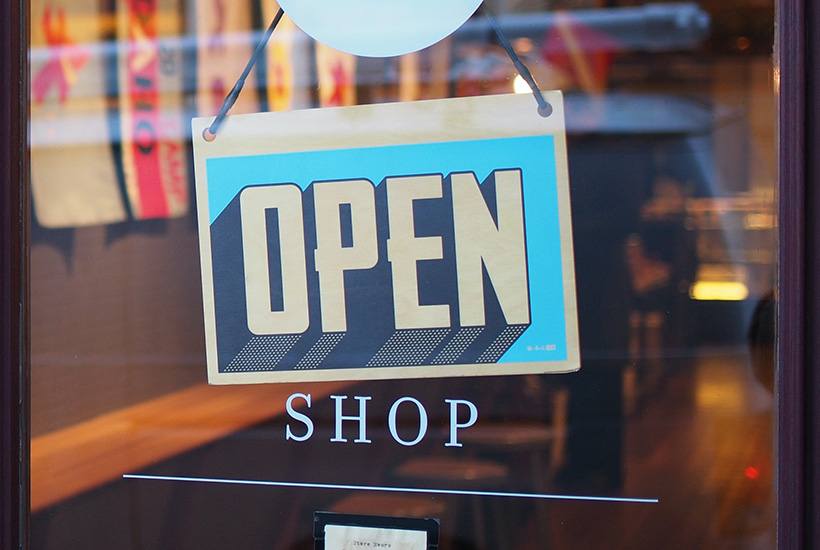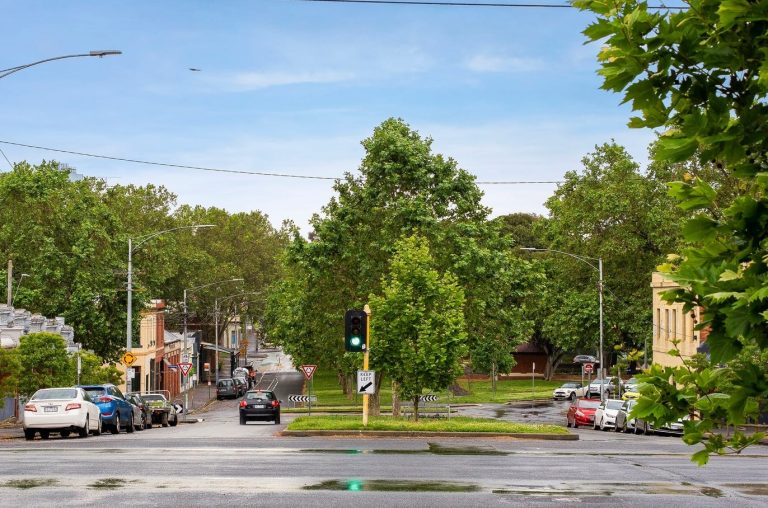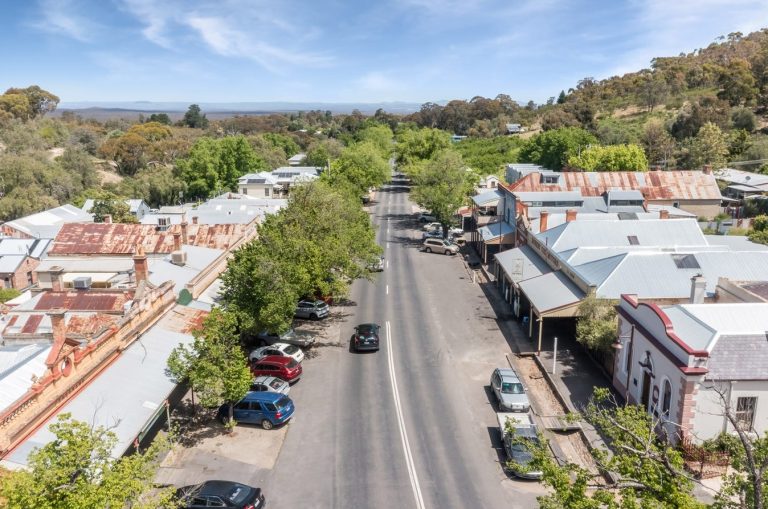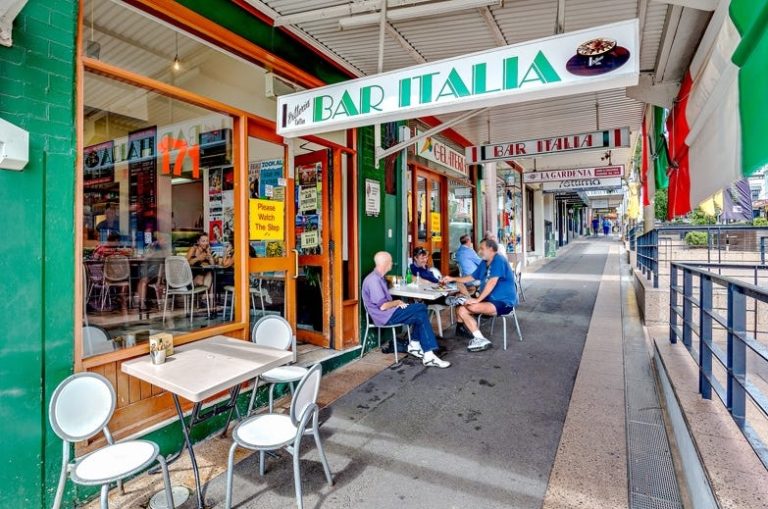How to set up a retail business

Many people dream of opening their own retail store.
But with more than 60% of Australian small businesses failing within the first three years, it’s clear that careful planning is required to make your shop dreams come true.
Whether it’s deciding which products to sell, how to reach your customers or what a store should look like – there are many things to consider.
Here’s a simple guide to setting up a retail business.
1. Create a business plan
Writing a business plan allows you to set out your goals at the beginning, creating a clear path to becoming a successful retailer
The document should outline what your retail store is going to sell, the brand and marketing strategy, as well as funding, and is traditionally set out in the following following order:
- Executive summary: This states what your company is and why you think it will be a success.
- Company description: Provides detailed information in relation to customer needs and the competitive advantages of your shop.
- Market analysis: This section takes an in-depth look at your retail category, analysing competitors, market trends, opportunities and threats.
- Organisation and management: Outlines the structure of your company and how it will run. This includes opening times, staffing levels and jobs you plan to outsource.
- Product line: Detail the products you intend to sell, how they will be sourced and the benefits of these products to the target market.
- Marketing: Plan a promotion strategy that will get people through the door, considering whether you will use social media, offline media, or both.
- Financial projections: This outlines how your business will become a financial success. It is important to have well-informed forecasting on income, expenses and growth, usually planned for a three to five-year period.
2. Do your homework
“Research, research, research,” is the top tip from retail coach and Business Benchmark Group partner Damien Churton.
“You need to research exactly who your target market is, so you know who you are wanting to attract into your shop,” he says.
“It’s also important to make absolutely certain there is demand for your product and that you don’t just have an emotional belief that your idea will work.”
Common resources used are online surveys and focus groups for product feedback and target market insights.
Industry reports and local business and industry groups can also provide a fountain of knowledge at relatively little cost.

Doing your research and writing a business plan is critical when you’re opening a shop.
3. Choose a name and business structure
Naming a store
Picking a name is easy for some aspiring business owners, but harder for others.
The trick is to choose something that communicates your brand and product, while potentially also being creative.
Don’t fall into the trap of being too smart or cryptic and check to confirm your chosen moniker is not trademarked.
Organising business structure
When it comes to business structure for a retail store there are three main options that general depends on your size and turnover:
- Sole Trader – The simplest structure is for individuals that manage and control the business by themselves. You will be solely liable for any debts and losses.
- Partnership – When there are two or more people running the business, they are considered partners and share profit, losses and liability.
- Company – Suitable for larger retailers, this structure operates as an individual entity, making it complex to set up, which will require added capital.
4. Register your business
Once you are ready to make it official, head to the Australian Business Register.
For a small fee you can list your business using a quick online application.
Once approved, you will be issued an Australian Business Number (ABN) and can officially start trading.

5. Organise your finances
Knowing how much capital you need up front and how long it will last are some of the biggest questions for retail entrepreneurs.
In fact, Churton warns getting organising your funds and creating financial forecasts correctly is vital to your business’ success.
“Make sure you are designing a model that actually makes money,” he says.
“Half the time people don’t do that.
“Then they run out of money, or sometimes people run out of money because they underestimate how long it’s actually going to take.”
To stay on top of your numbers – both incomings and outgoings – it’s a good idea to invest in accounting software.
There are multiple programs available online that cater specifically for retail business and offer affordable monthly plans.
Opening a separate bank account is also recommended – preferably one designed for small business with low fees.
Finally, don’t underestimate the amount of money you require.
Experts say in most cases you will need a minimum $100,000 to lock in a lease, procure products, fit out the shop and pay ongoing expenses.
So, this means you may need a loan or pitch for funds from investors.
Read more:
Business loans
Small business loans
What you need to know about commercial loans

Selecting your product range is a key step.
6. Determine your product range
Product mix
Fashion, books, toys, groceries, pharmaceuticals, homewares – the merchandise options are endless.
However, picking the right product mix, at the right price, is half the challenge.
Most likely, you will have one particular product range that you are passionate about, but it’s crucial to research auxiliary and complementary products that you should also stock.
Meanwhile, having multiple product lines to suit different customer segments will increase your appeal to a wider audience.
Pricing strategy
Obviously, prices must generate enough income to cover costs, but keeping the cost in line with customer expectation is a fine art.
Some retailers simply apply a set mark-up formula, others will individually consider each product, and in some cases, manufacturers will suggest recommended retail prices.
Other pricing considerations include bundle pricing, discounts, point of purchase and what your competitors are doing.
Should you try a pop-up store?
If you want to test out your products and pricing before committing too much money, then flash retail may provide the feedback you need.
“A pop-up store is an excellent idea,” says Churton.
“It’s a low-cost way of testing out the market.”
Owners can gauge location benefits and weaknesses and also refine their product offering, shop design and marketing activities, before setting up the real thing.
7. Choose a location
Where you setup is often what makes or breaks a retail store.
Churton says foot traffic is essential and that owners must consider a shop’s location in relation to their target markets before signing a lease.
If you have a location in mind, analyse other retailers, accessibility, visibility, parking and cost, and whether the local demographics match your product offering.

Choosing the right location can be key to your store’s prospects.
8. Plan your store
Layout
A good store balances ease and function with showcasing product.
There are plenty of design options, but the best one for your business will depend on the type of store it is, the size of the space and the budget.
One common style is the grid layout that is a functional option – usually for grocery or food stores – where the strategy is maximising shelf space.
While stores with high-end fashion or specialty products usually opt for a more creative and free-flowing plan.
Customer Experience
How the consumer interacts with your space can influence how long they spend in the store and how much they spend.
Consider whether your store is more about function or a creative journey.
This should influence how you decorate, the music played, where the counter will be and how much stock to put on the shelves.
Employees
While friends and family might be easier to recruit in the beginning this is not always the best idea.
Consider getting someone in with experience and factor employee costs into your budget as you cannot realistically run things 24/7.
9. Celebrate your opening
Soft openings and grand openings are a great way to get started.
A soft opening is an unofficial launch, usually a few weeks before the big event.
It helps staff get a handle on the products and processes and will help identify any problems early.
The grand opening is all about drumming up hype.
This can be a main selling point for your marketing, and is usually coupled with introductory deals and discounts to draw people in.
10. Have an exit plan
While it’s great to be positive and dream big not every retail store is going to succeed, so you need to know when to cut your losses.
“It is something that needs to be in your plan before you start,” says Churton.
“Understand you have a certain amount of money to put in and have very clear points – like after three months, after six months – and if you are not hitting your markers then pull out.
“You have to have thought this through before, as otherwise, if the thinking occurs in the heat of battle your emotions are up and your logic is down, and you will make poor decisions.”







